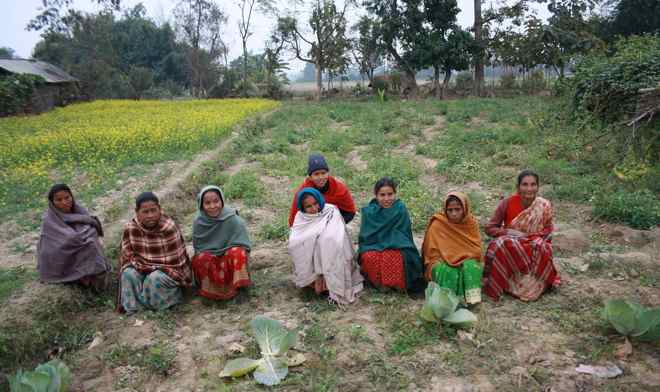According to the U.N Food and Agriculture Organization (FAO), while “women produce between 60 and 80 percent of the food in most developing countries and are responsible for half of the world’s food production, their key role as food producers and providers, and their critical contribution of household food security, is only recently becoming recognized.” FAO cites limited access to resources and insufficient purchasing power as two of the main reasons that women are unable to better contribute to food security, and recognizes that the causes of this stem from “a series of inter-related social, economic and cultural factors that force them into a subordinate role.”
A report released by the Human Rights Council’s Special Rapporteur on the Right to Food listed increased access to employment, social programs, and productive resources as three essential areas that must be addressed to reduce food insecurity among women. Currently, women employed in agriculture often have more temporary positions than men, and are paid by the amount of crop harvested instead of by the hour. This encourages women to enlist the help of their children in order to harvest more.
According to the report’s author, Olivier de Schutter, off-farm employment is very difficult to obtain because of educational differences between men and women, and time constraints associated with household duties that are normally performed by women. Social programs include social transfer programs, like food stamps and childcare subsidies, and public work programs that give participants government funded jobs. The Human Rights Council report notes that current social transfer programs can have an unintentionally negative effect: programs seek to provide cash transfers explicitly to women in households.
By giving money directly to women, these programs increase women’s purchasing power, and can increase nutritional outcomes in households (households where women control the budget have been shown to have better nutrition). With these benefits, however, comes a disproportionate burden on women to be in charge of contingencies like health check-ups and proof of school enrollment. Public work programs should include high quotas for women employment, and should also provide access to child care – this would help to increase a woman’s ability to leave the household and work for money. Finally, according to de Schutter, women need better access to productive resources, specifically: land, extension services, and finances.
By providing women with opportunities to gain an income; reducing time spent on household activities; and increasing women’s ability to maximize their productivity through access to resources like microcredit, extension services, and land rights, women can find themselves in less marginalized positions – and as a result, women’s food security can be increased, as well as the food security of their households.
In order to address such a multifaceted problem, the U.N. report recommends that states trying to increase food security among women take a multi-sectoral approach. For example, improving water provision and childcare services would reduce household burdens, and make time for employment and education feasible. Additionally, placing an emphasis on gender-sensitivity training and the rights of women will also help to pave the way for programs that seek to gain women equal treatment in school and the workplace. The report concludes that a successful strategy will address the status quo of women’s disproportionate household burden, and will require intra-agency government programs, in which government bodies dictating health, agriculture, labor and education work together on empowering women.
As entrenched and complicated as addressing food insecurity and marginalization of women is, measuring changes in these problems is equally so. One way to mark progress in increasing food security for women? The Women’s Empowerment in Agriculture Index (WEAI), recently created by the International Food Policy Research Institute, scores different areas of a women’s life (like access to land and credit, and leadership roles), to come up with a quantitative measurement of how ‘empowered’ they are. Check out their initial case studies to see how IFPRI is working to document these problems.















